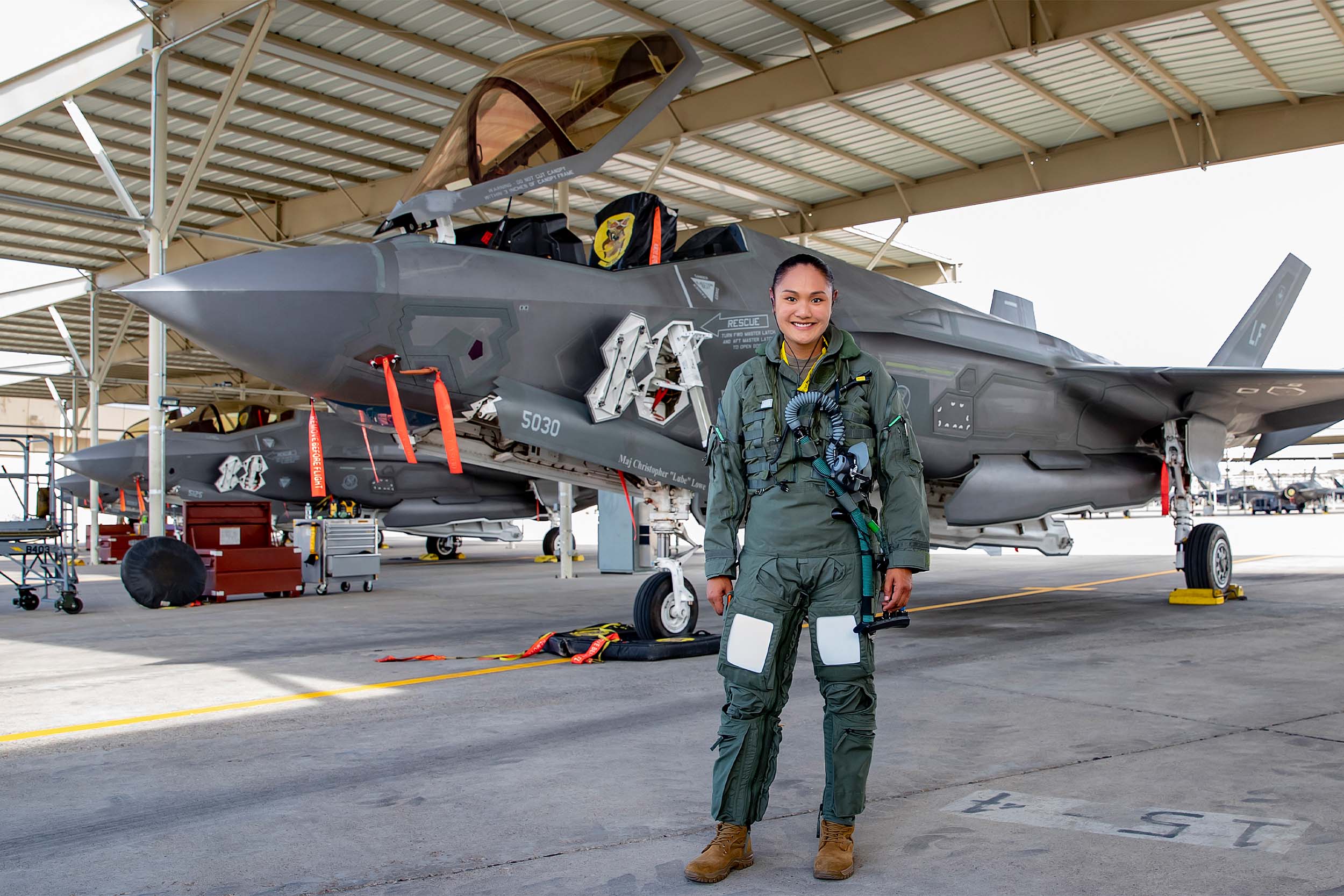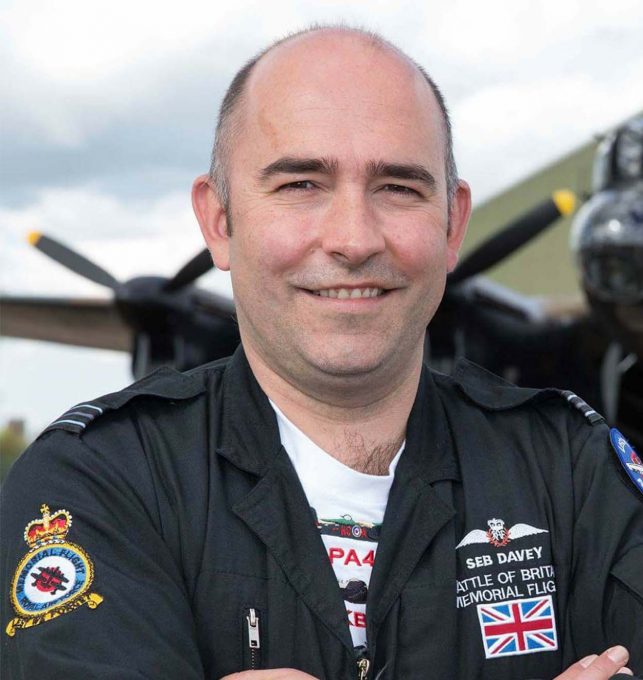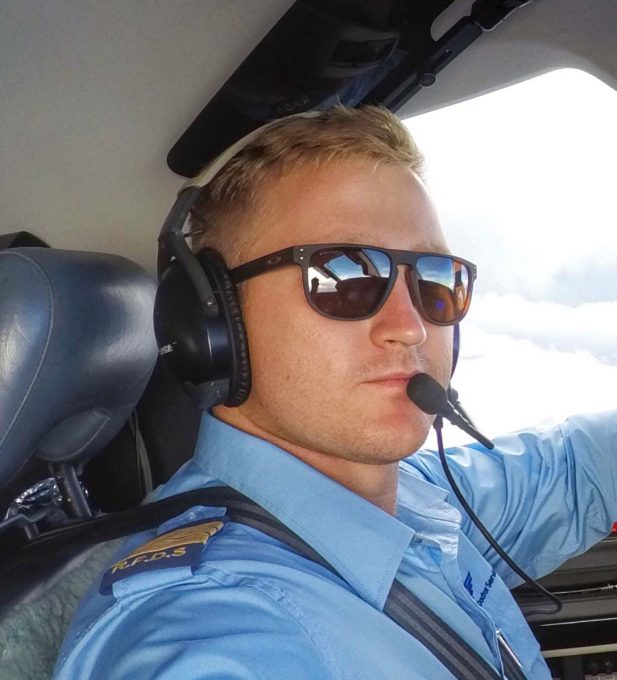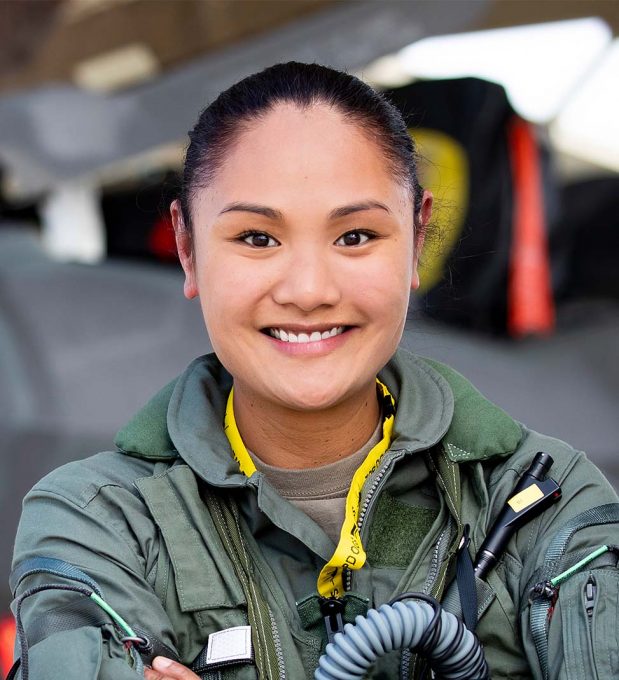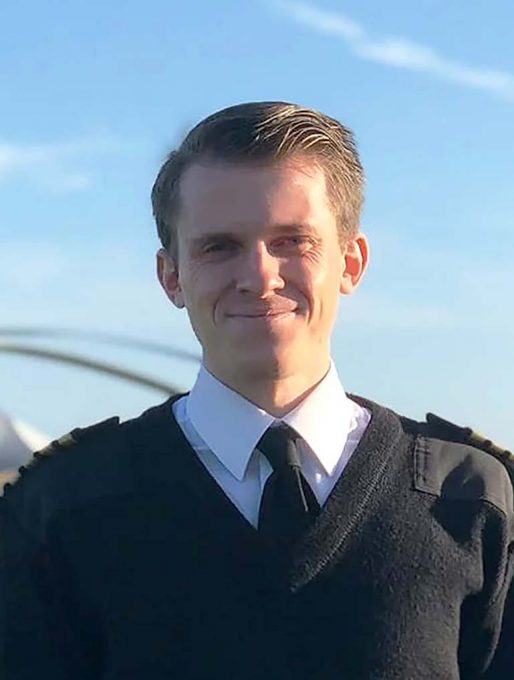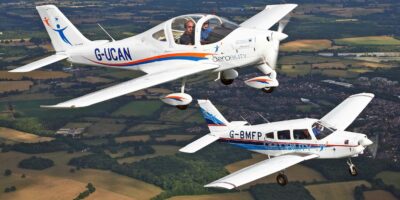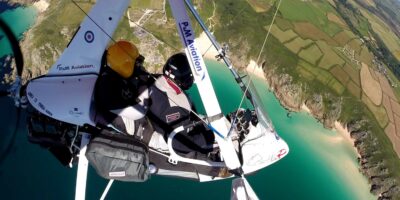Production/training pilot
As a production and training pilot Monessa Balzhiser flies F-16 and F-35 fighters.
She says, “In high school I decided I wanted to become an astronaut. In 2000 I joined the USAF Academy, with a love of aviation, but zero flight experience. I decided to forego becoming an astronaut and continue to fly fighters.”
After graduating from USAF Academy in 2004, she went straight into pilot training, learning to fly on the T-6 and the T-38.
‘In 2006, I started my F-16 training and in 2007, I got to fly the F-16 for the USAF.
“In 2016, I left the USAF and was a stay-at-home mum – which was harder than any training I’ve ever done – before joining Lockheed Martin in 2018. I was first selected to fly the F-16 and in June 2021, after six weeks of training and 12 simulator scenarios, I got to fly the F-35,” adds Monessa.
“Flying these fighter jets is incredible. You’re hitting almost Mach 2.0, faster than the speed of sound.”
Monessa says her favourite flight was a combat mission she flew in the Middle East in 2015.
“Our guys on the ground were overrun by enemy forces, so they called us in. Together with my wingman in another F-16, I dropped bombs nearby to provide time to escape.”


